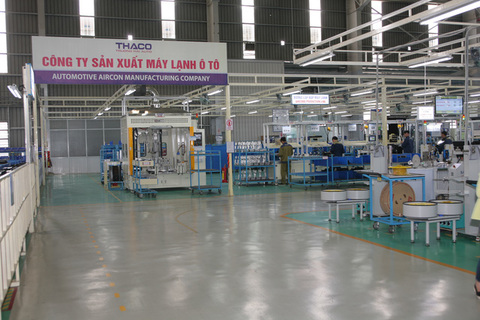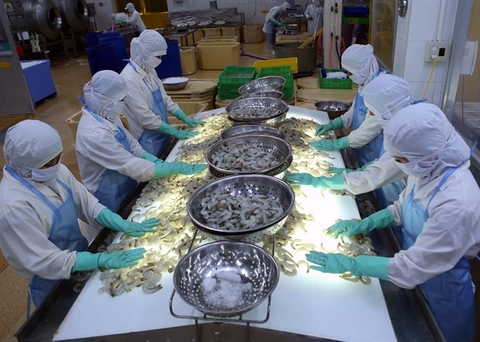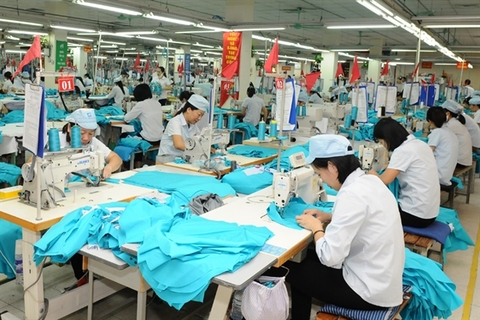Future of footwear kicked up a notch
Future of footwear kicked up a notch
Vietnam’s footwear industry stands to benefit from the upcoming EU-Vietnam Free Trade Agreement (EVFTA), according to industry leaders.
Diep Thanh Kiet, vice chairman of the Vietnam Leather, Footwear and Handbag Association (LEFASO) is bullish about the outlook following the implementation of the agreement. A zero tariff rate will be applied to all made-in-Vietnam footwear products exported to Europe after seven years but around 37 per cent of leather and footwear products will have tariffs slashed to zero as soon as the EVFTA takes effect. He stressed that the EVFTA will become a major driver for Vietnam’s footwear companies in the coming years. In 2018, the EU market accounted for 29 per cent of the $16 billion footwear export turnover. It is forecast that Vietnam’s footwear export to the EU will exceed 12 per cent in the first year of the FTA implementation and increase by 10 per cent in the following years.
In addition, the EU has offered preferential treatment to a large number of commodities originating in Vietnam, under the Generalised System of Preferences (GSP). “This scheme, coupled with tariff reductions brought by the EVFTA, will help Vietnamese footwear become more competitive than Chinese products in the EU market,” he said, noting that footwear manufacturers are required to meet the standards set by the EU to enjoy preferential tariffs.
According to Bill Watson, managing director of Coats Phong Phu, after EU trade agreements with South Korea and Japan were put into place, Coats’ exports to the EU increased drastically.
Watson said that made-in-Vietnam brands have gained European customers’ trust. This, coupled with low cost base and improved infrastructure, will make Vietnam an ideal destination for foreign investors.
President of the Italy’s National Association of Manufacturers of Footwear, Leather Goods and Tanning Technologies (Assomac), Gabriella Marchioni Bocca, said that Vietnamese footwear makers should align their product quality and production processes with European standards.
She pointed out that Vietnam is now the world’s second-largest footwear exporter by volume, but is restricted by its use of mostly synthetic materials. Thus, she suggested Vietnamese footwear manufacturers upgrade their technology to climb the value chain and penetrate the global footwear industry.
According to the General Department of Vietnam Customs, exports of footwear from Vietnam to the EU reached around $1.98 billion in the first five months of 2019, accounting for 27.9 per cent of the total export turnover of the country.
LEFASO said that Vietnam’s leather and footwear industry has many advantages, thanks to competitive labour costs. Over the past few years, there has been a shift in footwear processing orders from China to Vietnam, to take advantage of labour advantages, as well as tap into the opportunities ahead of the FTAs.
In February, Changshin Vietnam Co. opened a footwear factory worth $100 million in Tan Phu Industrial Park in the southern province of Dong Nai. Covering an area of 14.3 hectares, this plant will manufacture over 27 million pairs of shoes each year once put into operation in 2020.
Global footwear brands like Adidas, Nike, and Puma are increasingly turning to Vietnam for their manufacturing needs, due to its affordable labour costs and the FTAs. Adidas expects that Vietnam will produce more than half of its footwear by the end of 2019. Nike began investment in Vietnam over five years ago and now accounts for almost half of Vietnam’s total footwear exports. Meanwhile, Puma has 30 per cent of its products made in Vietnam.
Increasing investment from foreign brands, along with the forthcoming implementation of the EVFTA, will give a major boost to Vietnam’s footwear. As a result, LEFASO forecasts that this year’s export turnover for the sector will reach up to $22 billion.

















